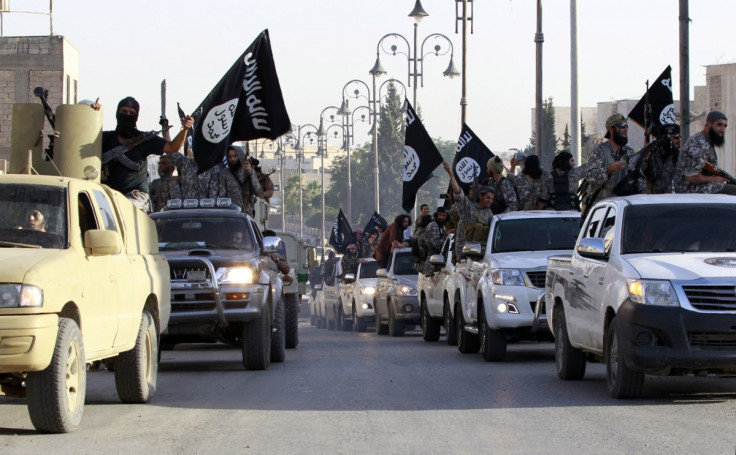Police Monitoring Irish Jihadi Fighters Travelling from Emerald Isle to Isis Caliphate

Thirty Irish jihadi fighters are using the country as a base to travel to Isis-held territory in Iraq and Syria, according to Irish intelligence.
Three of those under surveillance by the Irish 'Garda' are believed to have been killed in the Middle East fighting for Isis (now known as the Islamic State), one who was a 16-year-old boy.
As well as the Gardai's scrutiny, the rest of the Irish jihadis are being closely watched by international intelligence agencies.
It is believed that approximately 2,000 citizens of the European Union have made the journey to the Middle East to fight for the Islamist terror organisation.
Ireland's Muslim community stands at 50,000 but it is thought that less than 100 sympathise with IS.
One is said to be a "half-Nigerian, half-Irish" sympathiser, who posts social media messages which give advice to potential jihadists.
He reveals how to travel to Syria without being caught by intelligence services and, on message boards, he promises free weapons, food, accommodation and electricity upon arrival.
The previous US Ambassador to Ireland, Dan Rooney, had criticised Irish cuts to government initiatives that helped to integrate Muslim immigrants into Irish society as he said this may lead to their radicalisation.
The revelation of the Irish surveillance operation comes as the Islamist group continues to grab the international spotlight following the gruesome beheading of American journalist James Foley.
Despite the terror group's threat to kill Steven Sotloff, a second kidnapped American journalist, in retaliation for further strikes, American fighter jets and drones have continued their airstrike campaign on IS positions in northern Iraq.
The airstrikes have allowed Kurdish Peshmerga forces and Iraqi troops to recapture towns in northern Iraq and Mosul Dam, a strategically important piece of infrastructure as it controls the water and power supply to the surrounding region.
© Copyright IBTimes 2025. All rights reserved.






















